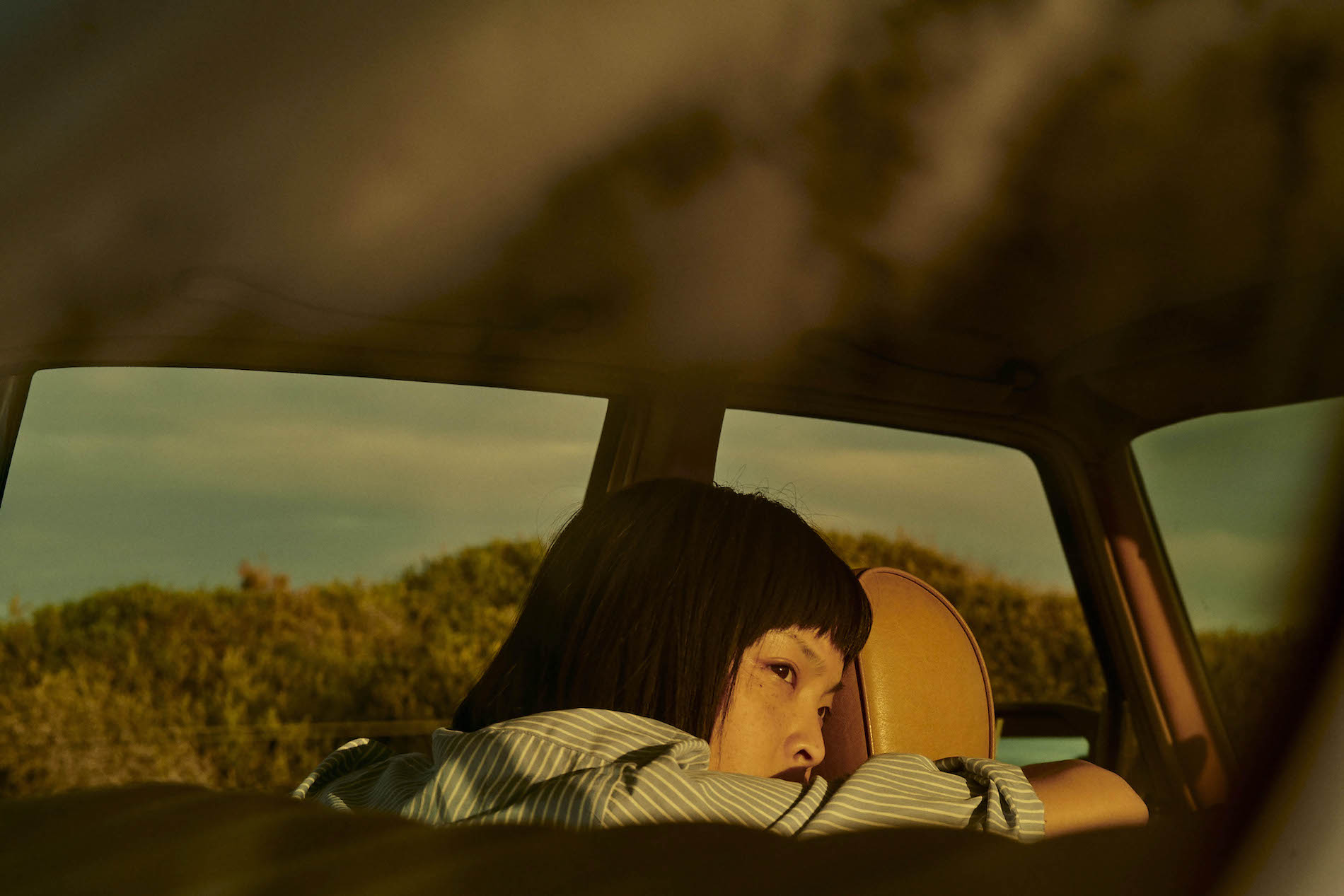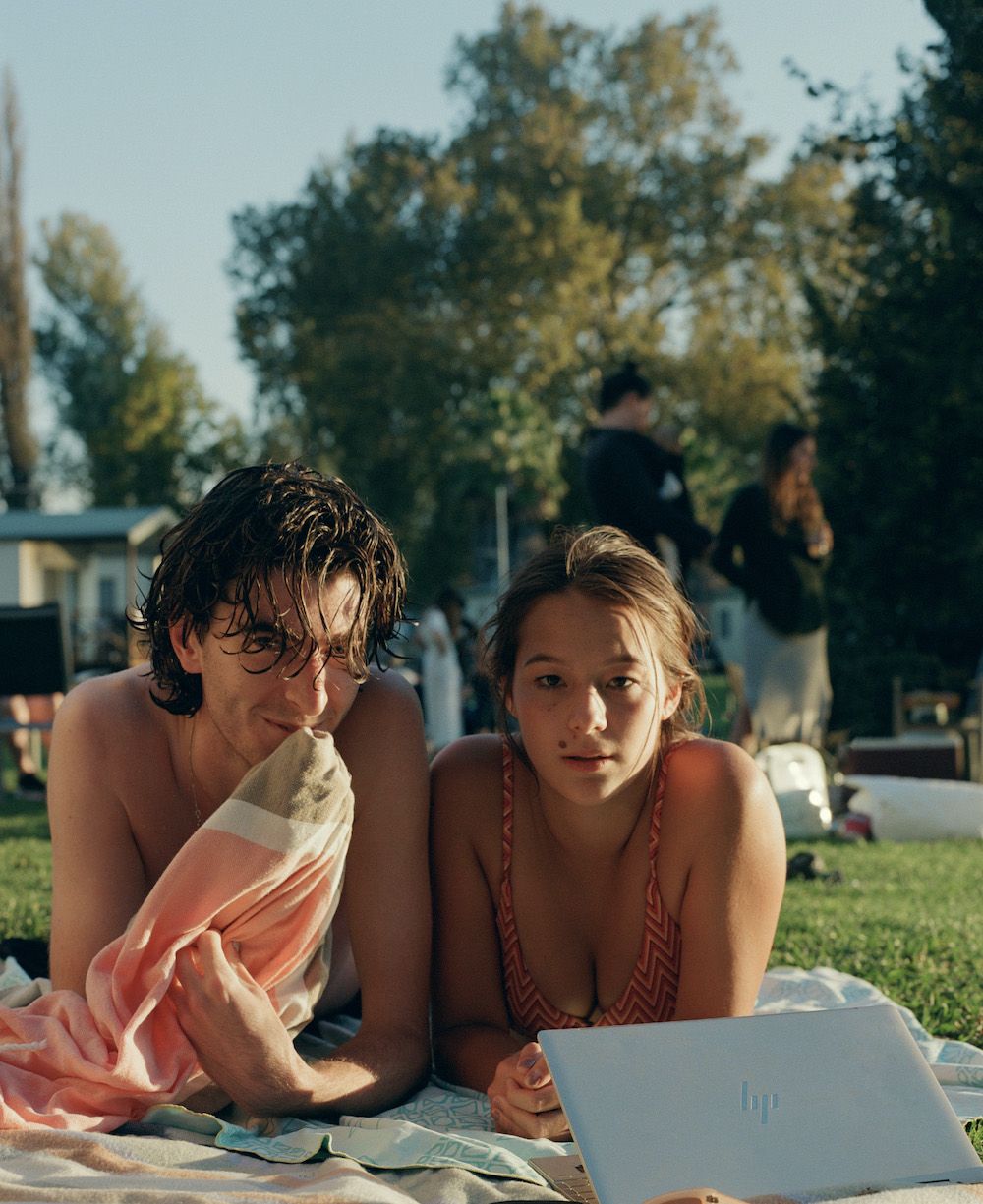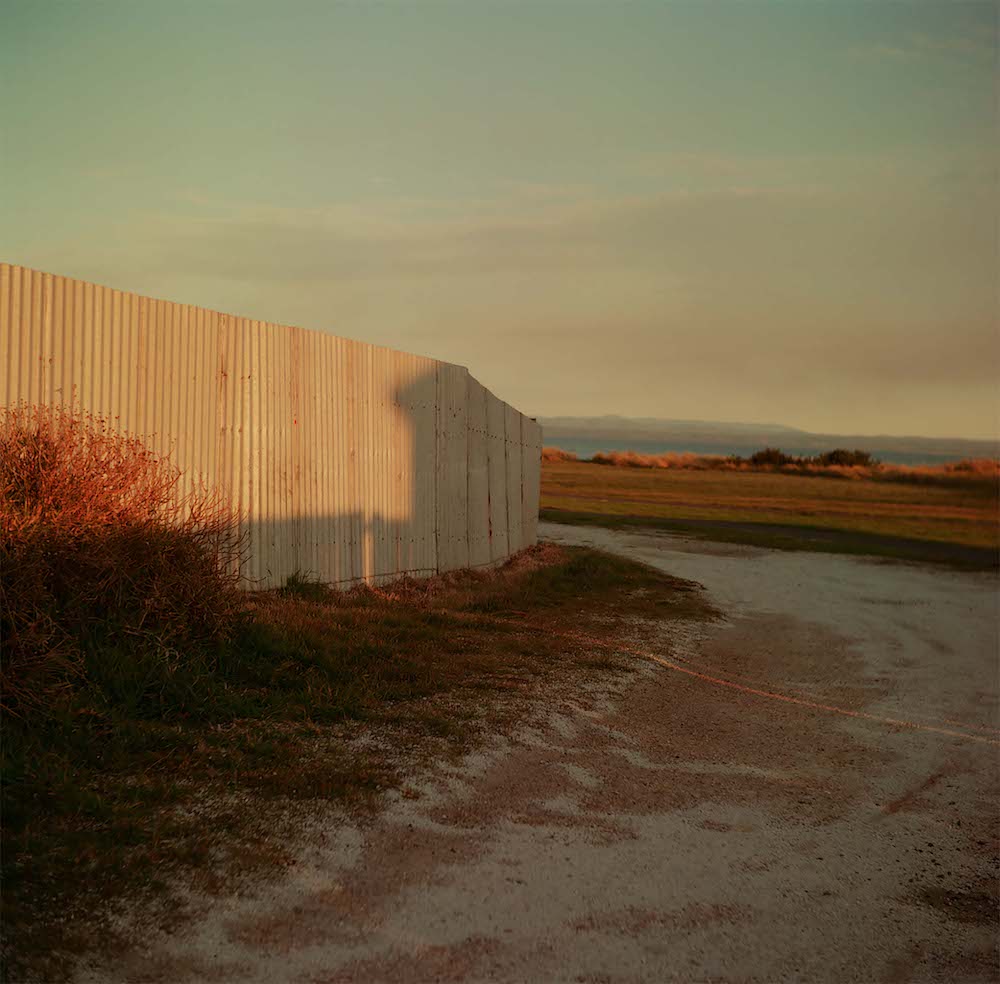Q&A: Saskia Wilson on Documentaries, Light Like Syrup and Joining The Pool Collective

By Adam Rivett
The work of Saskia Wilson is sun-dappled, intimate, and unashamedly beautiful. Having recently joined The Pool Collective, I sat down with her this week to discuss how she started, how she came to that lustrous style, and what influences and ideas lie underneath those images. You’ve likely seen Wilson’s work with Google or Nike amongst numerous clients, but I was just as interested in her smaller portrait work with family and friends. Saskia is both an educator and an artist with a strong focus on diverse perspectives and visual literacy, so as an educator now shaping a future generation of photographers, I started with her own tentative first steps.
Adam Rivett: You now work with some of the world’s most recognisable brands, so let’s ignore all that and take it back to the start. What first motivated you to make images and begin working in this field?
Saskia Wilson: My father is a painter and my grandmother was an avid photographer. My Dad gifted me her Yashica SLR. I started photographing on black and white film and printing in my high school’s dark room. It immediately became my favourite artistic medium, and the one I was most naturally talented working within. With a child’s utter naivety, I assumed I could somehow make a career out of it!
AR: Your images always evoke such strong feelings in a viewer. I’m thinking in particular of feelings of the past, that sense of nostalgia. You’re clearly conscious of history and legacy given your public statements about Australia. Is that sense of a lingering memory something you pursue in your work?
SW: I had an idyllic childhood growing up on a commune in Northern NSW. All the usual stuff— exploring the bush, climbing trees, jumping off the rope swing at the local waterhole. It happened quite organically as I started shooting but it’s clearer to me now that I’ve sought to recreate that sense of freedom and childlike wonder in my work. It did all seem so much simpler back then, and even if that’s just nostalgia talking, well, I feel that, and I yearn for it. I had a black and white television with 2 channels until I was 16, and we ate dinner by candlelight because we had solar power. It was a formative experience.
AR: Your images are imbued with enormous colour and life. They all have such a warmth to them. How did you come to this resonant and almost cinematic style?
SW: I think an artist needs to work regularly and diligently early on before they land upon an aesthetic that feels uniquely their own. Like most photographers, I was drawn to shooting in the ‘golden hours’ of light and have seemingly tried to imbue the romance and drama of that time of day into the rest of my work. I love Hanya Yanagihara’s novel A Little Life, particularly this moment, which describes watching the sun setting on a train carriage: “He’d watch that kind light suffuse the car like syrup, watch it smudge furrows from foreheads, slick gray hairs into gold, gentle the aggressive shine from cheap fabrics into something lustrous and fine.” She articulates the kind of magic a certain light can bring to seemingly mundane subjects.
AR: Following on from that, do you have any influences you feel guide you creatively? Are there any filmmakers or photographers you come back to, any books or movies you feel have made a lasting impression?
SW: Documentaries provide great motivation for my work. In My Blood, It Runs, directed by Maya Newell is a stunning portrait of the experience of First Nations people in this country. What else? Fire at Sea (Fuocoammare) by Gianfranco Rosi, a much more quiet and slow form of documentary making but visually stunning. Honeyland by Tamara Kotevska and Ljubomir Stefanov, that’s another great one. As for feature films, Fish Tank by Andrea Arnold comes immediately to mind. I relish those small and subtle but transformative moments in cinema. With the perfect alchemy of light, colour, framing and sound, the storytelling can be really powerful.
AR: In addition to your commercial work, you take such lovely and intimate photos of your friends and family. Do these personal connections inspire you?
SW: Making people feel comfortable and unselfconscious is often the greatest challenge when you work in portraiture. There’s an immediate ease and confidence that comes with photographing people you know intimately. They’re willing to be open and vulnerable, and that’s tangible in the final work.
AR: Speaking of commercial work, what’s it like collaborating with people in other creative industries for your commercial work? Do you see points of similarity and difference between your creative work and theirs?
SW: Shooting personal work can be such a singular, lonesome experience, so whenever I’m given the opportunity to collaborate with other creative minds I jump at it. I really love the process of collaboration, especially that early phase when you’re bouncing the initial thought bubbles around. When you get to the making part, if everyone is looking for the same thing visually, there’s this shared language that emerges, like you’ve unlocked the matrix, and when that happens it makes for a really strong final product. Working with people who understand balance, and who are looking for the unexpected moment really can bring your work to life in ways that you oftentimes cannot reach as an individual.
AR: Alright, inevitable last question, but what are your plans for the rest of 2023?
SW: There’s a lot more directing work and a road trip along the South Australian coastline, but the thing I’m most looking forward to working on are some Australian-focused documentary projects that I started last year. For the first half of 2022, I was based in a small seaside town called Iluka. It felt like a place of solace after the chaos of the last two or three years. You’re surrounded by World Heritage Listed Gondwana Rainforest, a truly amazing place. While there I started a series that I’m keen to continue. It considers how nature heals, and how its grandeur and maturity can give you a kind of perspective and humility, almost a sort of peace. It’s a project that means a lot to me.
Explore Saskia’s work: https://thepoolcollective.com/artists/saskia-wilson/
Direct all commercial commission enquiries c/o Courtney Lewis: courtney@thepoolcollective.com




